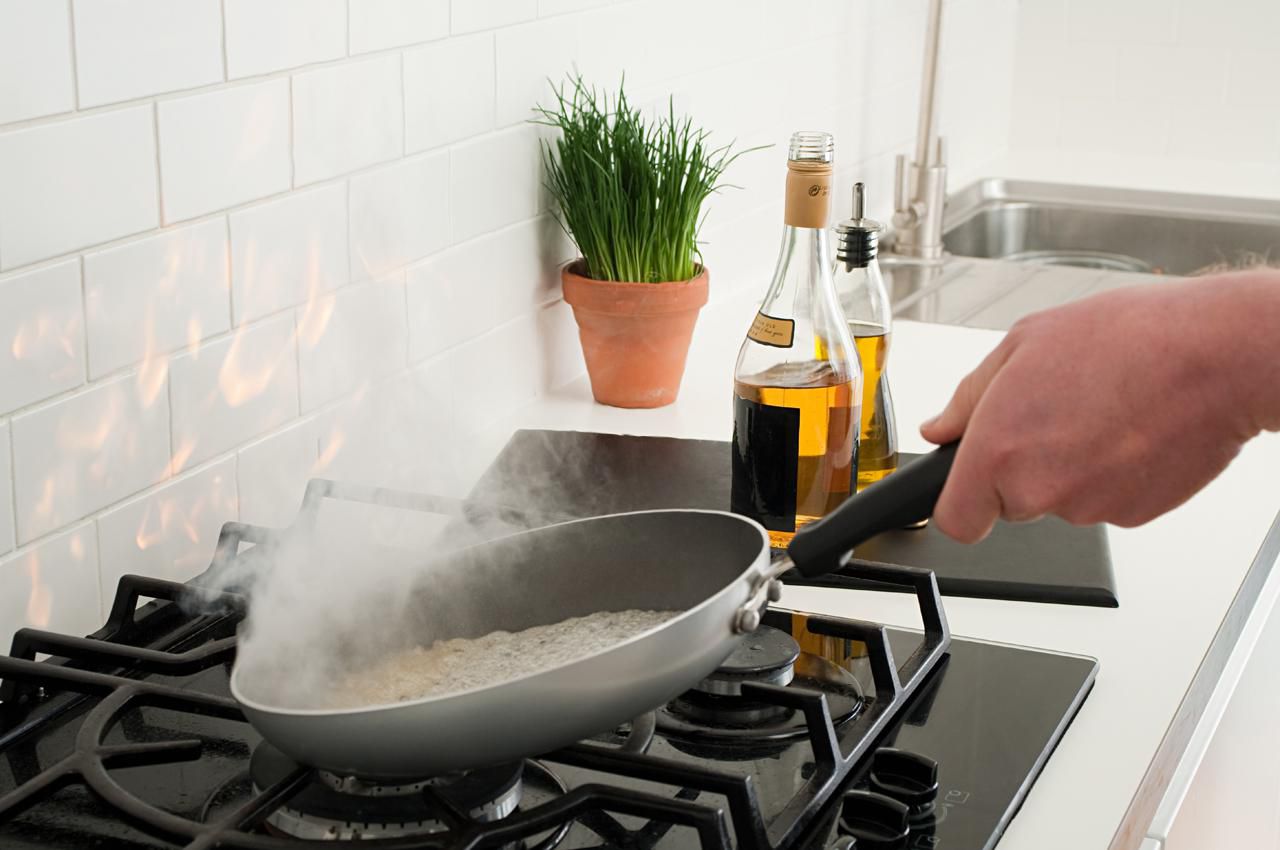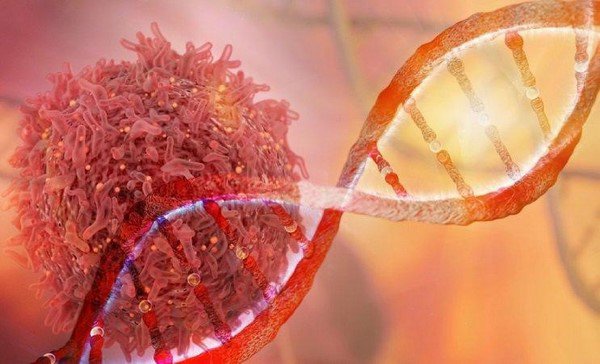The possible association between nonstick cookware and cancer has emerged as a topic of apprehension and discussion in recent times. Despite the widespread use of nonstick cookware in households due to its convenience, concerns have arisen regarding the safety of the chemicals employed in its manufacturing, specifically per- and polyfluoroalkyl substances (PFAS).
The question at hand is whether nonstick cookware is a potential catalyst for cancer. In this investigation, Cook Eat Delicious meticulously explores the present scientific knowledge to assess whether there exists a substantiated link between the usage of nonstick cookware and an elevated risk of cancer.
Does nonstick cookware cause cancer?
In addressing concerns surrounding potential health risks associated with nonstick cookware, it is imperative to consider the prevailing consensus among health organizations.
Within the domestic realm of non-stick cookware, the standpoint of health organizations is significant.
The American Cancer Society maintains that, although perfluorooctanoic acid (PFOA) – once linked to certain health issues – has been associated with nonstick cookware, the risk posed by using such cookware is generally regarded as low.
Similarly, the U.S. Food and Drug Administration (FDA) asserts that polytetrafluoroethylene (PTFE), a key component of nonstick cookware, is safe for cooking as long as it is not subjected to overheating.

Addressing concerns about nonstick cookware and its purported cancer risk is crucial. Importantly, the perceived danger is not linked to Teflon itself, but rather to the past use of PFOA in its manufacturing. It’s noteworthy that Teflon-branded products have been PFOA-free since 2013. While certain studies suggest a potential connection between PFOA and cancer, no substantiated link between Teflon and cancer exists.
Understanding the phased-out use of PFOA in Teflon production is paramount. PFOA had the propensity to contaminate the environment during Teflon nonstick coating manufacturing, persisting in soil, water, and air. The interest in PFOA’s adverse effects on health stems from its enduring presence in the environment and the human body.
Studies involving high-risk groups exposed to PFOA yield varied results. Additionally, exposure to polyfluoroalkyl substances (PFAS), encompassing PFOA, is associated with an increased risk of certain cancers such as bladder, kidney, ovarian, prostate, and testicular cancers. Understanding the nuances of these relationships is essential for a comprehensive assessment of potential health implications associated with nonstick cookware use.
Do nonstick pans or pots pose any other health risks?
Extended exposure to fumes emitted by nonstick-coated utensils, particularly when subjected to extremely high temperatures for prolonged periods, may lead to flu-like symptoms such as headaches, chills, and fever. Typically harmless, these symptoms tend to dissipate within 12 to 48 hours of smoke exposure. However, individuals with pre-existing cardiovascular or respiratory conditions may experience more severe manifestations.
A specific concern arises when non-stick pots exhibit signs of rust, posing potential harm to health. Despite the risks associated with prolonged exposure to nonstick cookware emissions, it continues to be favored for its advantages, including easy cleanup and reduced oil usage. To strike a balance between benefits and risks, correct usage is paramount.
By adhering to manufacturer instructions, maintaining appropriate cooking temperatures, and promptly replacing worn-out pans, users can harness the advantages of nonstick cookware while prioritizing safety. Understanding how to use nonstick cookware safely, along with recognizing signs indicating the need for replacement, can significantly mitigate potential health risks.

Managing cooking temperatures is critical for the safe use of nonstick cookware. The coating, polytetrafluoroethylene (PTFE), responsible for the nonstick properties, may decompose at temperatures exceeding 500 degrees Fahrenheit (260 degrees Celsius), releasing fumes that induce flu-like symptoms. Therefore, employing low to medium heat, avoiding preheating empty pans, and refraining from high-heat cooking methods like broiling or searing are recommended practices.
Replacing nonstick cookware becomes necessary as the coating wears down, especially when subjected to metal utensils. Although consuming flakes of the material isn’t known to cause health problems, a damaged surface may release more fumes when heated. Regular inspection for signs of wear, such as scratches or coating chips, is advisable.
Addressing the question of whether nonstick cookware causes cancer requires careful consideration. While ongoing research and discussions persist regarding the safety of nonstick cookware, current evidence does not definitively establish a direct link to an increased risk of cancer. Staying informed about the materials used in cookware and continued vigilance by regulatory bodies in monitoring and updating safety standards are crucial.
In essence, adopting a balanced approach to cooking practices involves using nonstick cookware responsibly and opting for alternatives when appropriate. This approach contributes to overall kitchen safety and well-being, emphasizing the importance of informed consumer choices and ongoing commitment to safety standards in the culinary realm.







